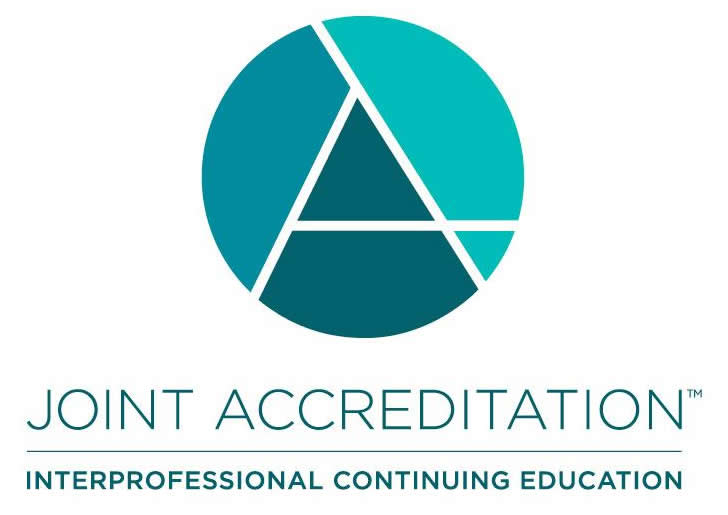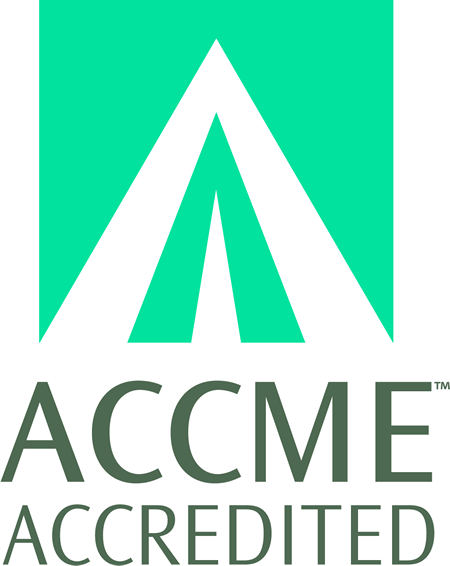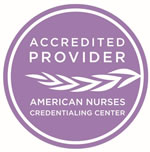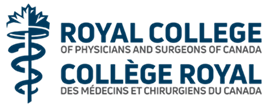
COURSE CREDITS & HOURS
14 AMA PRA Category 1 Credits™14 ACPE Credits
14.0 Contact Hours
14 ADA CERP Credits
7¾ Hours of Pharmacology for NPs
COURSE FEES
TARGET AUDIENCE
PROGRAM PURPOSE
The science of resuscitation from cardiac arrest has been evolving continuously, and has been translated into clinical practice on a regular basis. How this impacts on patient care will affect the practice of primary and emergency cardiac care, as well as intensive care, radiology, and neurology critical care. Targeted temperature management has gained acceptance, and ECMO may not be far behind.
The practice of medicine in general, and emergency care in particular, is affected by medico-legal considerations. One lecture is dedicated to an assessment and overview of how emergency care is impacted by this, with case overview and consideration for patient satisfaction and risk management. The evaluation of the patient with syncope or loss of consciousness from any cause entails resource management, as well as concern for many serious medical entities. One lecture will review guidelines set forth on an ongoing basis, with recommendations for evaluation and resource management given present evidence. Evaluation of pediatric emergencies will center of two presentations which may herald potentially lethal events: fever and trauma. Each has an extensive body of science attached to it, and these lectures will sort out science and recommendations as clinical practice has evolved.
The field of toxicology is continually evolving. Street drugs abound which did not even exist a decade ago. Antidotes have not historically been as important as supportive care, and the role of some of these is continually being defined. Topics
- Pediatric fever: management and update
- Recognize serious bacterial infections
- Describe suggested diagnostic work-up of the febrile infant based upon recognize guidelines and patient age
- Identify life-threatening causes of fever
- Syncope update: the evaluation of the patient with loss of consciousness
- List causes for syncope which may cause morbidity and mortality
- Discuss cost-effective work-up for the patient with history of loss of consciousness
- Interpret different reports and recommendations in recent literature
- Pain management options in the era of opioid anuse
- Appraise the extent of the opioid crisis
- Analyze options for treatment of pain without use of narcotics
- Examine new developments and pharmaceutical developments of analgesics
- Trauma in the pediatric patient
- Discuss the extent and nature of non-accidental trauma
- Report the extent and science of imaging in the injured child
- Critique recommendations for diagnosis and management of the concussed adolescent
- Analyze the role of anti-thrombolyics
- What is new in toxicology
- Cite substances of abuse which were not available even ten years earlier
- Describe toxidromes which may elucidate what may have caused symptoms in the poisoned patient
- Exemplify specific abused substances
- Cardiopulmonary/Resuscitation update
- Report changes in standard guidelines
- Formulate resuscitation guidelines past standard CPR and advanced cardiac life support
- Recognize the role of targeted temperature management, neuro-imaging and ECLS
- Legal considerations in general, emergency and primary care.
- Describe practices which may put the patient and practitioner at risk
- Evaluate consequences of lawsuits to the well-being of the provider
- Identify best practices to minimize lawsuits in emergency care
- Demonstrate the magnitude of litigation and of defensive medicine
- Comprehensive Soft Tissue Head and Neck Screening Examination
- Employ proper screening examination steps and techniques
- Complete Clinical Record Documentation of Recognized Disease
- Demonstrate the ability to provide a complete soft tissue description of disease utilizing site, morphology, and color criteria
- Differential and Provisional Diagnosis Formulation
- Demonstrate the ability to construct an appropriate differential and provisional diagnosis of soft tissue disease
- Proper Treatment and Management
- Develop an appropriate treatment and management plan
- Patient Follow-up and Referral Guidelines
- Employ current patient follow-up and/or referral guidelines
- Risk Management Reduction
- Integrate additional potential pitfalls resulting in increased patient risk
- Interprofessional Interactions
- Demonstrate the importance of interaction between physicians, dentists, and the health care delivery team













































